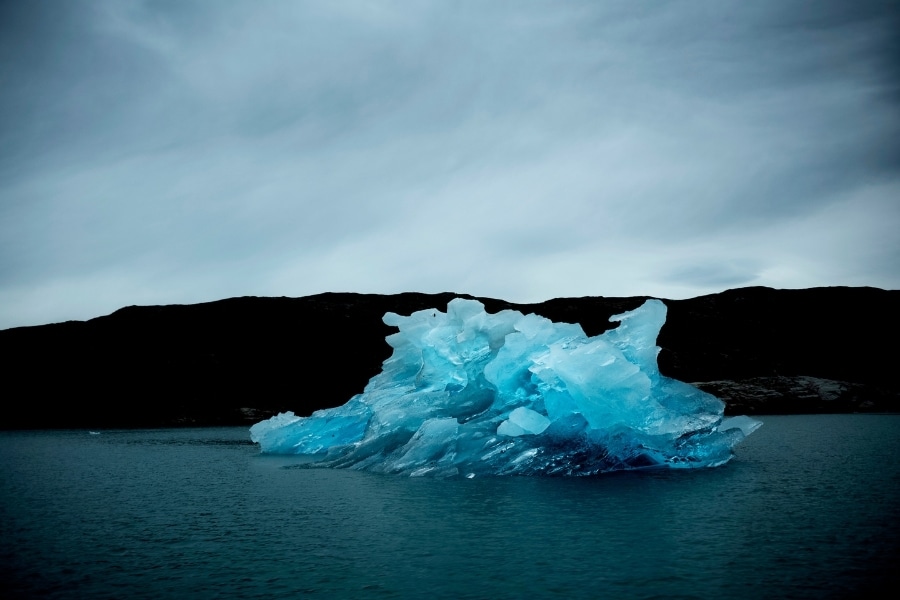
The world wants Greenland's minerals, but Greenlanders are wary
As global warming melts the ice that covers 80% of the island, it has spurred demand for Greenland's potentially abundant reserves of hard-to-find minerals with names like neodymium and dysprosium
 An iceberg that feeds the fjord near Narsaq, Greenland, Aug. 21, 2021. Greenland has rare elements needed for electric cars and wind turbines. But protesters are blocking one project, signaling that mining companies must tread carefully. (Carsten Snejbjerg/The New York Times)
An iceberg that feeds the fjord near Narsaq, Greenland, Aug. 21, 2021. Greenland has rare elements needed for electric cars and wind turbines. But protesters are blocking one project, signaling that mining companies must tread carefully. (Carsten Snejbjerg/The New York Times)
NARSAQ, Greenland — This huge, remote and barely habited island is known for frozen landscapes, remote fjords and glaciers that heave giant sheets of ice into the sea.
But increasingly Greenland is known for something else: rare minerals. It’s all because of climate change and the world’s mad dash to accelerate the development of green technology.
As global warming melts the ice that covers 80% of the island, it has spurred demand for Greenland’s potentially abundant reserves of hard-to-find minerals with names like neodymium and dysprosium. These so-called rare earths, used in wind turbines, electric motors and many other electronic devices, are essential raw materials as the world tries to break its addiction to fossil fuels.
China has a near monopoly on these minerals. The realization that Greenland could be a rival supplier has set off a modern gold rush.
©2019 New York Times News Service







